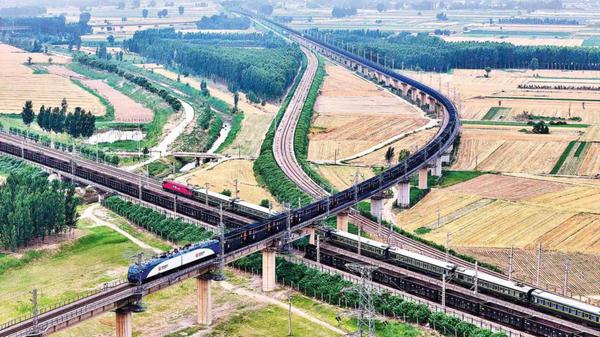
A train, which carries 20,000 metric tons of coal, runs on the Shuozhou-Huanghua Railway. (SHI JIAMIN/FOR CHINA DAILY)
Locoman Sun Dongsheng is extremely cautious every time he drives a heavy-load train, which carries 20,000 metric tons of coal and extends for 2.61 kilometers in length, on a special cargo railway line.
Sun, from China Railway No 4 Engineering Group (CREC4), drives the train on the 594-km Shuozhou-Huanghua Railway, which starts from Shenchi South Station in Shanxi province in the west and ends at Huanghua Port Station in Hebei province in the east.
With 33 stations along the railway traversing two provinces, the line — put into operation on May 18, 2000 — is a national first-class, double track, electrified heavy-duty railway with a transport capacity of 350 million tons per year.
"Driving this heavy-load train, which is equal to 110 Boeing 747 passenger planes in weight, needs special care during a 10-hour trip — descending an altitude difference of over 1,500 meters between Shenchi South and Huanghua Port," said Sun from the Shuozhou-Huanghua Transport Sub-division of CREC4 Eighth Engineering Co Ltd.
The railway, as the second-largest channel for transporting coal from the west to the east, was built and is operated by Shuozhou-Huanghua Railway Development Co Ltd under CHN Energy — a centrally-administered State-owned enterprise.
Construction started on Nov 25, 1997 as a joint-venture railway and today the line carries coal by Shuozhou-Huanghua Railway Development Co Ltd and seven other transport partners which were once the builders of the railway, said Li Xiaobin, executive deputy-director of Sun's sub-division.
On June 30, Sun's train arrived at Huanghua Port Station after a 10-hour journey, marking 25 years of transporting coal on this special line and helping the nation's energy security — the other line is the 653-km Datong-Qinhuangdao Railway that was put into operation in 1992.
"During the past 9,000 days, our train has transported 550 million tons of coal — equivalent to the annual coal output in 2024 of Xinjiang Uygur autonomous region, the fourth-largest coal producer in China," said Sun.
The efficient operation is being supported by a constantly evolving intelligent scheduling system, being operated by over 50 dispatchers and duty staff working closely to achieve closed-loop management throughout the entire process, said Li.
The maintenance team acts as the guardian for these mammoth trains. At the locomotive maintenance workshop in Huanghua Port, maintenance technician Xing Haiteng and his team members conduct "computed tomography (CT)-level "scans on the trains every day, with every process being carried out according to the highest standards.
On the front line, train inspection chief Huang Weidong and his colleagues have completed an average annual technical inspection on over 350,000 freight carriages with a length extending for some 4,655 kilometers. "This is equivalent to conducting 'physical examinations' for nearly 11,000 high-speed trains," said Li.
In addition, technological innovation was deeply rooted in the skilled hands of frontline craftsmen, he said.
With an altitude difference of over 1,500 meters on the line, Sun and his colleague can convert some of the train's kinetic or potential energy into electrical energy through a "regenerative braking" system. A skilled and precise driver can generate approximately 15,000 kilowatt-hours of electricity per trip, enough to be able to fully charge 300 new energy vehicles while also injecting sustained power into green and energy-efficient transport.
The successful running of the heavy-load trains and the transport mode of Shuozhou-Huanghua Railway has drawn attention from foreign countries.
On May 13, Matt Baartz, chief operating officer of La Compagnie du TransGuineen (CTG), led a team to conduct field research at Xibaipo Station which is managed by Li's sub-division.
Baartz was very impressed, saying they have gained a deeper understanding of the operation modes and hope to have more exchanges and cooperation in railway transportation.













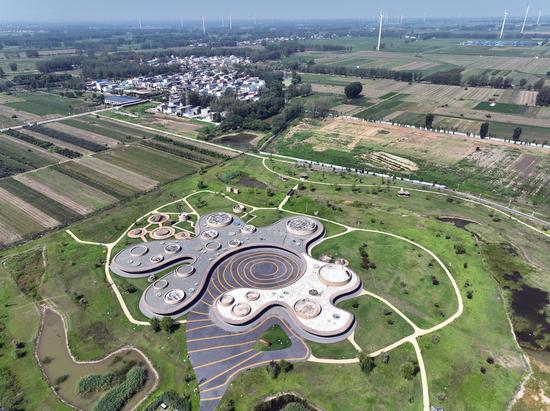



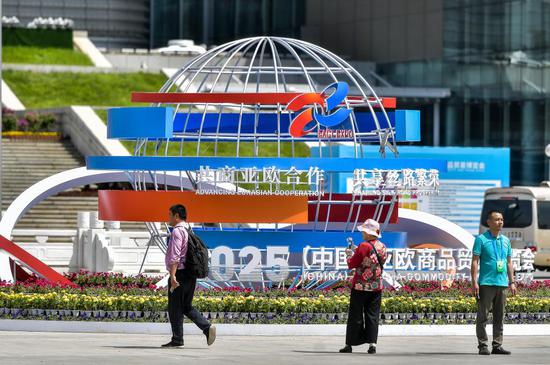
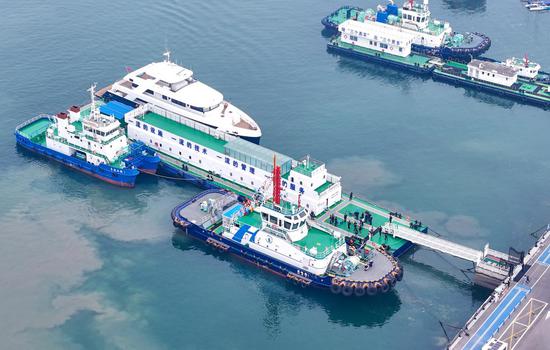





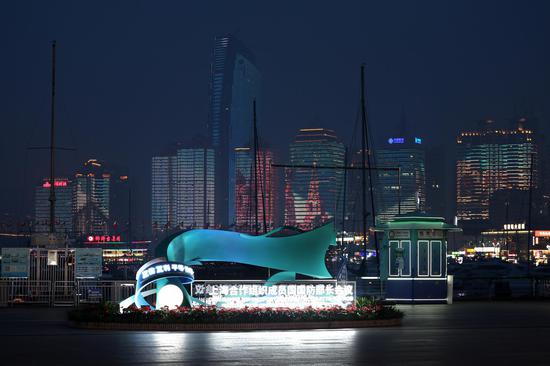











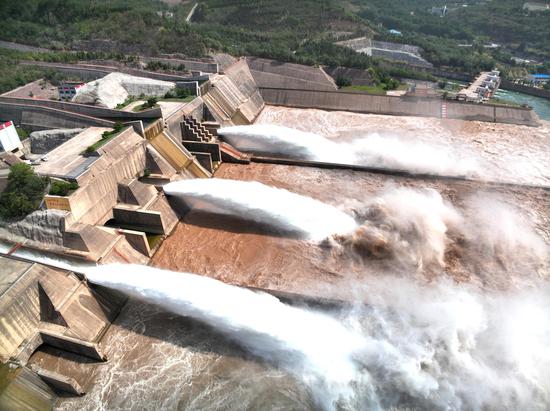
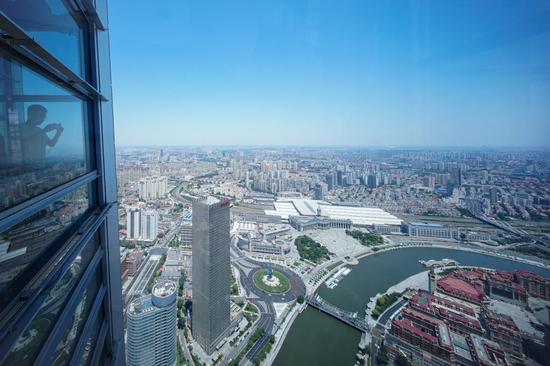






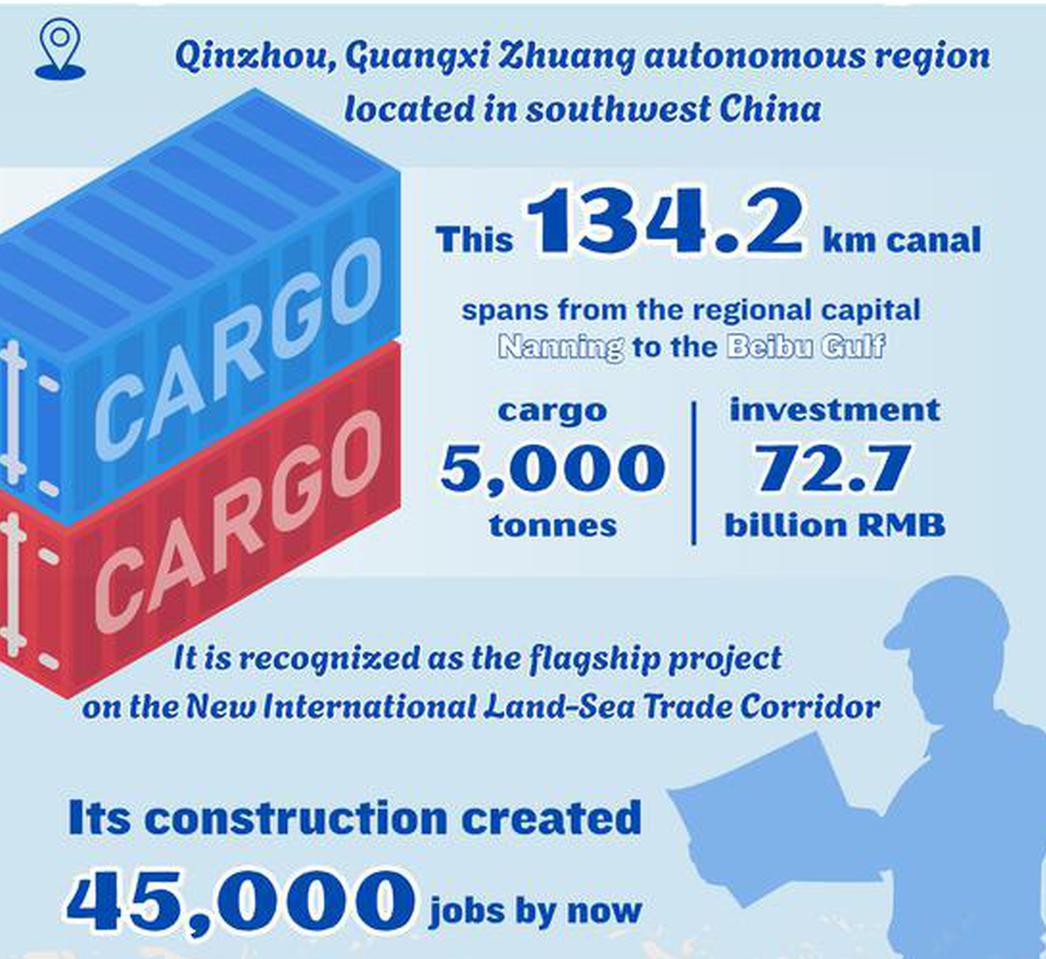





 京公網安備 11010202009201號
京公網安備 11010202009201號